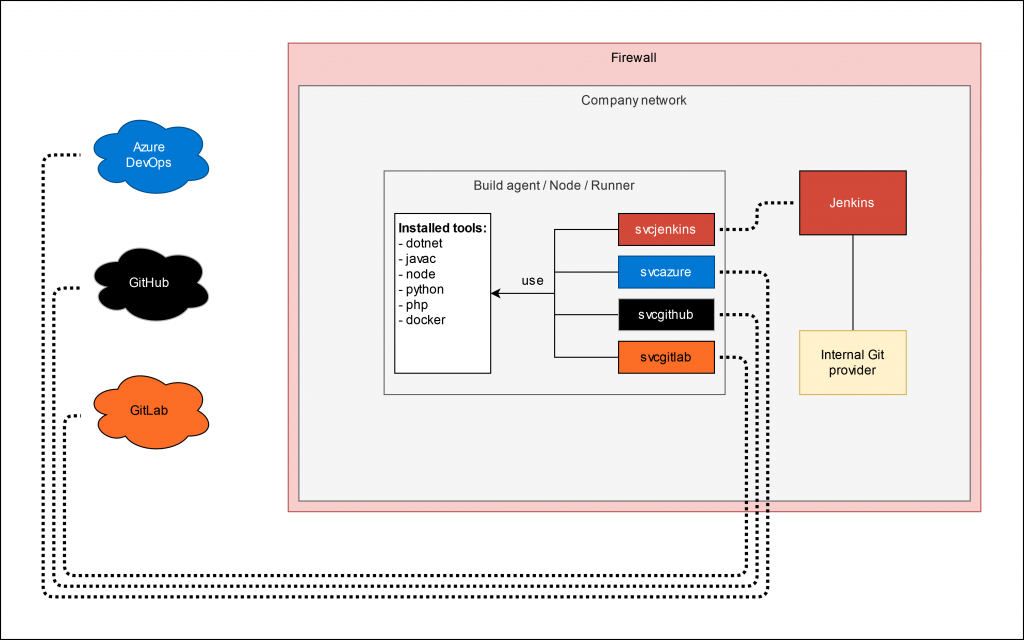I am maintaining a small PowerShell script collection to install software I often use automatically on my system.
Recently I moved quite a few applications to a user based installation (instead of a system based one) and modified the installers to use versions from websites and JSON APIs directly instead of maintaining the version information myself.
This was done in order to allow installations without the requirement for administrative access (UAC) in Windows. It also makes cleaning the PC (by just deleting the user folder) way easier and keeps everything user maintainable. Applications are installed in “%LOCALAPPDATA%\Programs“.
You can check it out under https://github.com/goa-systems/goa.systems.powershell
Every change comes with advantages and disadvantages: Now my scripts depend on a consistent format on vendor side I have no influence over. When I find out, that a script does not work anymore I will do my best to fix it, but it is possible, that scripts fail. Please notify me, if you see something not working.
Otherwise: Happy installing.
